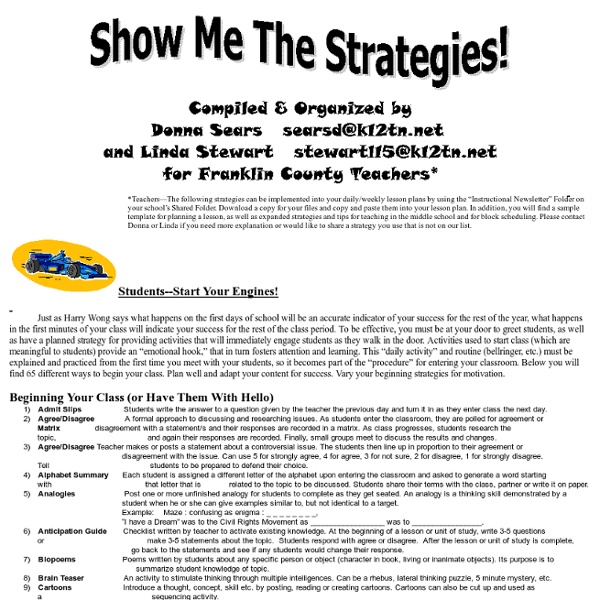High Frequency Word list by year. - Usefulwiki
Specific phonics and spelling work by term: Overview Reception year To recognise all initial consonant and short vowel sounds (a-z, ch, sh, th) in speech and in writing; to identify and write correct initial letters in response to the letter sound, word, object or picture. To recognise and name each letter of the alphabet and to be aware of alphabetical order through rhymes, songs. Discriminate, write and read final sounds in simple words. Year 1 Term 1 Practise and reinforce work from YR Discriminate, write and read middle (short vowel) sounds in simple words: 'a' (fat), 'e' (wet), 'i' (pig), 'o' (pot), 'u' (mug). Term 2 Practise and reinforce work from Y1 Term 1 Read and spell words ending in ck, ff, ll, ss, ng Discriminate, blend and spell initial consonant clusters: bl, br, cl, cr, dr, dw, fl, fr, gl, gr, pl, pr, sc, scr, sk, sl, sm, sn, sp, spl, spr, squ, st, str, sw, tr, tw, thr, shr and common end clusters: ld, nd, lk, nk, sk, lp, mp, sp, ct, ft, lt, nt, pt, st, xt, lf, nch, lth Term 3 Year 2
Third Grade Reading Comprehension Worksheets
Third Grade Reading Comprehension Test Collection – Bacon and Wool: Use the information in the story to answer the 5 comprehension questions. Answer Key Is Included. Enjoy the comical adventures of a spirited young pig and his goofy sidekick, a sheep. Bacon and Wool are two of Farmer Bob’s goofiest animals on his strange farm. If you think the forgetful farmer has his hands full with these two, just wait until you meet the others! Bacon and Wool : Farmer Bob (intermediate)Bacon and Wool : On the Farm (advanced)Bacon and Wool: The Flood (intermediate)Bacon and Wool: Winter is Here (beginner)Bacon and Wool : Escape from the Farm (beginner)Bacon and Wool : Down by the Pond (advanced)Bacon and Wool : Sheepdog (intermediate)Bacon and Wool : Grandkids (advanced)Bacon and Wool: Shearing Day (intermediate)Bacon and Wool: Dairy Time (advanced)Bacon and Wool: You’re a Baaaad Boy! Reading Comprehension Workbooks – Click Here Download



